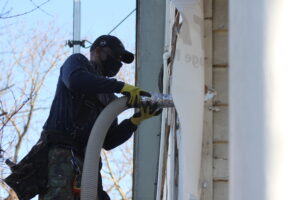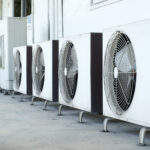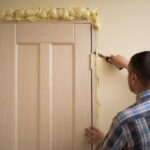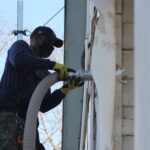To all homeowners who are sick and tired of the nauseating smell of cigarettes encroaching your home from the outside, we hope this blog provides useful weatherization tips to help reduce the smoke and smell of cigarettes into your home. Lets first begin by explaining the “stack effect”. Heat rises in a home, goes to the top of the house where it can escape. Once warm air escapes, a negative pressure at the bottom of the home is created where air is being drawn in from the path of least resistance. So, as warm air rises throughout your home and escapes through the attic this natural flow of air allows for nearby cigarette smoke to find its way inside your home. However, when your attic floors are properly sealed (top plates, attic eaves, recessed lights, attic bypasses, and exhaust fans) this will prevent conditioned air from escaping your home which ultimately lessens the impact of the stack effect, thereby limiting the smoke and smell of cigarettes. Also, keep in mind that properly air sealing the attic is also advantageous for home energy efficiency as well.

Another area of attention, if applicable, is the ductwork in your attic. If your ductwork is leaky this means your return system is drawing air from the cavities inside the walls and floors of the house while simultaneously drawing air from the neighbor(s) house, especially for DC rowhouses. This effect takes place because DC rowhouses are constructed in such a way that the floor joist feeds into the space between the two walls that are connected, and beyond the walls is where your neighbor(s) reside. Additionally, a leaky supply side from your ductwork system creates depressurization as the supply air travels through the interstitial spaces (wall and floor cavities) of the home. So, to prevent depressurization due to a leaky ductwork system, it is imperative to air seal the ductwork and duct termination in order to reduce the amount of negative pressure both in the house and interstitial spaces.
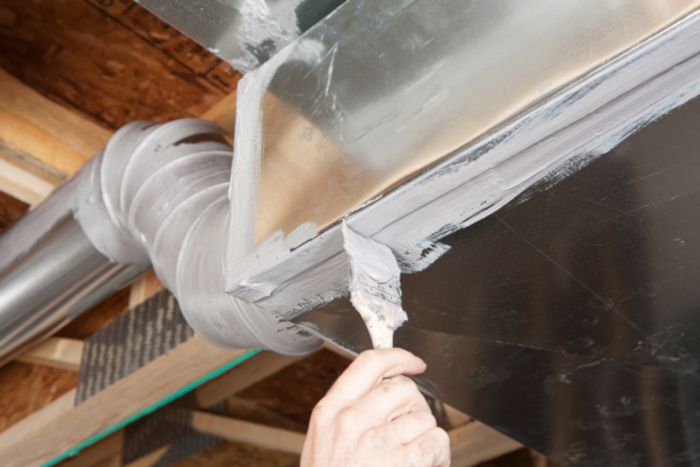
A third solution, specifically after sealing your ductwork and attic floor, is to create a positive pressure in your house. This can be done by having an in-line duct fan connected to your HVAC system running for an extended period of time. However, this is an expensive option because the fan uses electricity and creating positive pressure in the house means that you are losing conditioned air. So, keep in mind that installing a mechanical ventilation to achieve positive pressure should be your last strategy after the two other strategies have been exhausted. Sealing your attic floors and ductwork should be your initial priority as it will increase the efficiency and comfort of your home while decreasing the cost of your utility bills.
Get in contact with us today so we can perform an energy audit and help you remove that outside cigarette smell from your house!


